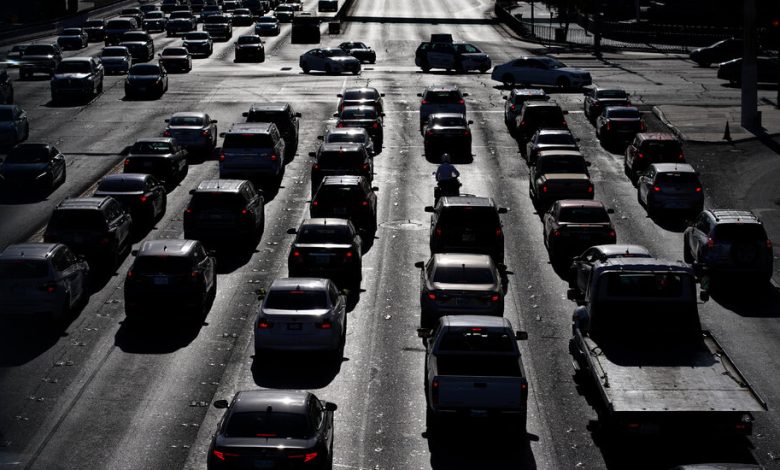More Theories on Rising Pedestrian Deaths at Night


Some U.S. intersections are no place for pedestrians. Credit…John Locher/Associated Press
This week The Upshot published an article trying to unpack a mystery happening on American roadways: Why have a rising number of pedestrians been dying at night? A similar pattern hasn’t appeared in peer countries, and so the answer has to be particular to the U.S. The trend also started around 2009, and so the answer must fit that timeline.
Spoiler alert if you haven’t read the story yet: We don’t have a definitive answer. But we dug into many possible culprits, from the rise of smartphones to the suburbanization of poverty, and we suspect that many of them are probably interacting with one other.
Readers responded with some of their own ideas. Several brought up cataracts. One reader pointed to the rise of distracting podcasts (they did take off after 2009!). And, boy, a lot of you testified about your personal difficulty seeing the road with oncoming LED headlights. Here, we’ll consider some of these additional theories.
LED headlights
Far and away, the most common issue raised by readers was the concern that brighter LED headlights — while meant to help drivers — can also be blinding for oncoming cars or pedestrians.
It’s true that headlights have changed, becoming brighter (and illuminating longer distances). LED headlights, first introduced in the 2000s, come standard in a majority of cars sold today. But several researchers told us they believe headlights are actually becoming safer with time.
“We have seen some changes in technology that we think would be for the better,” said Jessica Cicchino, the vice president for research with the Insurance Institute for Highway Safety.
In 2016, the I.I.H.S. began rating headlights for safety, considering how they illuminate roads but also the glare they produce. Since then, headlight ratings for newer cars have generally gotten better. And research conducted by the group has found that vehicles with better headlight ratings have lower crash rates, including for crashes involving pedestrians.
Still, European countries have had more advanced, “adaptive” headlights for more than a decade, and they only



